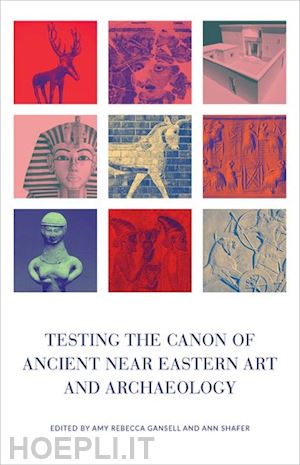Amy Gansell is an Associate Professor of Art History in the Department of Art and Design at St. John's University, where she teaches the first-year global art history survey, as well as courses on ancient and non-Western art, cultural heritage, and museum administration. She received her M.A. and Ph.D. in the History of Art and Architecture from Harvard University, after which she served in a full-time capacity as the Associate Coordinator for Iraqi Cultural Heritage for the U.S. Department of State, and subsequently held a Post-Doctoral Fellowship at Emory University's Bill and Carol Fox Center for Humanistic Inquiry. Gansell has received grants from the Mellon Foundation, the National Endowment for the Humanities (NEH), and The American Academic Research Institute in Iraq (TAARI), and her work has been published in peer-reviewed journals, including the American Journal of Archaeology, Cambridge Archaeological Journal, and the Journal of Archaeological Science. She is co-editor of CyberResearch on the Ancient Near East and Neighboring Regions (Brill, 2018) and presently writing a monograph (Oxford University Press) on the aesthetic presence of Neo-Assyrian queens at Nimrud. Her broad, interdisciplinary research interests include art, architecture, archaeology, ethnography, historiography, and the frontiers of the digital humanities. Ann Shafer is an art historian and architect, and is a specialist in Late Assyrian landscape and palace culture. She received her M.A. in Near Eastern Archaeology from the University of Chicago, her M.Arch. from the Rhode Island School of Design, and her Ph.D. in the History of Art and Architecture from Harvard University. Shafer lived and worked for a number of years in the Middle East, and writes on architectural ornament and spatial experience throughout the region, linking the historic and the contemporary. Shafer is also a specialist in artisanal craft, and has worked alongside craftsmen in parts of the Middle East and North Africa on a number of projects. She has also written on various related topics, including traditional design training and the use of artisanal design in sacred space. A key element in her design work is social activism, including the development of design-training programs for women. She is currently teaching in New York and Providence, Rhode Island.











